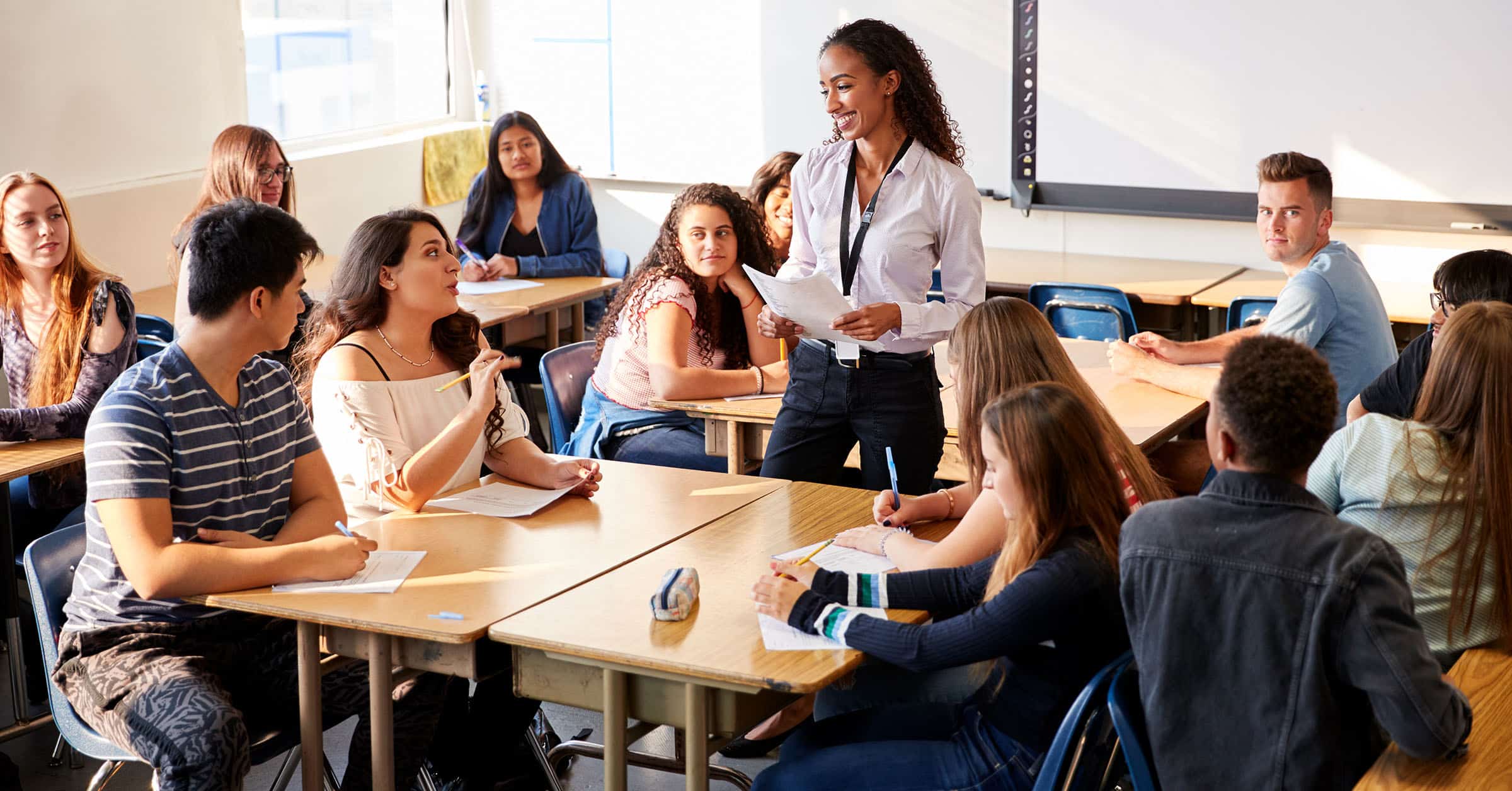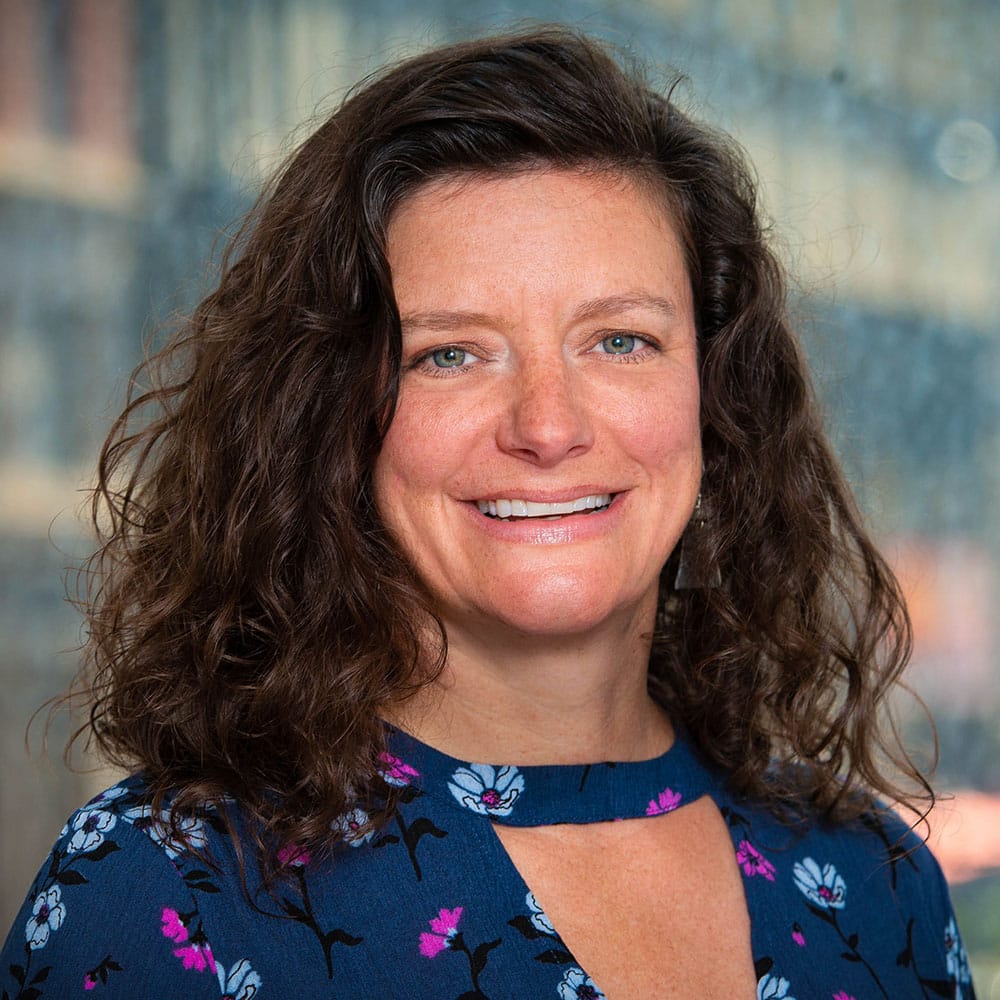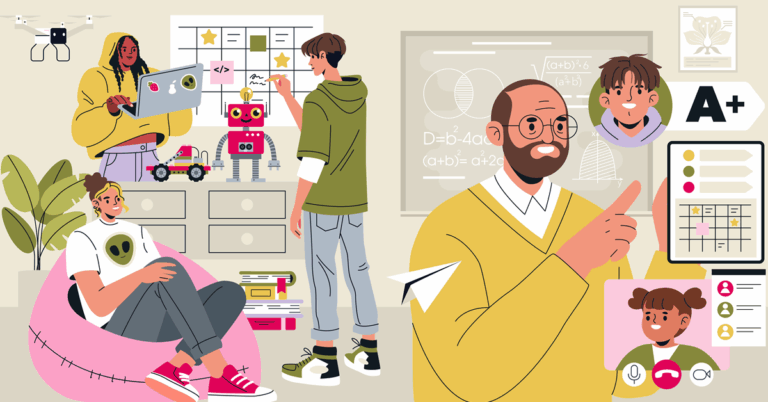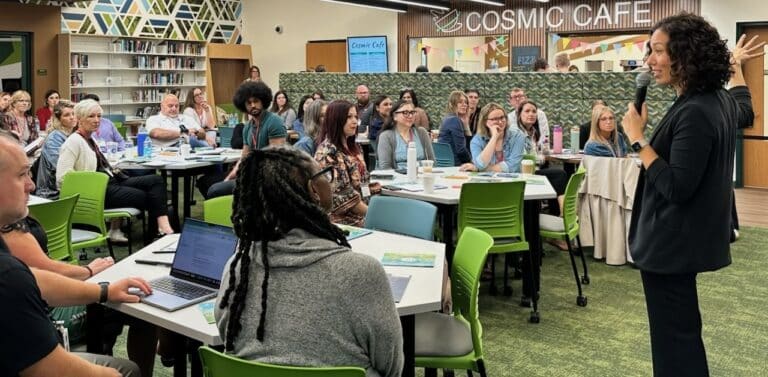
When I was just starting out as a teacher, I remember thinking that my classroom was going to be how I would change the world because, you know, I could do it all by myself with my students. I didn’t need any help and I certainly didn’t need to rely on or align with any of my colleagues. Their style was up to them and I would be doing my own thing in my room. My evaluation was all about me, and how my students were or were not benefiting from my teaching. Sure, I was a team player and worked well with my colleagues, but the bigger picture wasn’t my priority. I was going to rock it out, and build a small revolution, one classroom at a time. Me. Me. Me.
As long as my students were learning, that was the point. Right? Well … sort of.
Yes, we want students learning. We want data, both qualitative and quantitative, that is evidence that students are growing. We want to be able to say without a doubt that whatever method we have put into place is working. When we discuss why we are educators, we want everyone in the room to simply say, “We’re here for the students.”
It’s not about what teachers teach, but what the students learn.
To be student-centered is much more than an educator in one classroom. In fact, I’d argue that you can’t be student-centered when acting in isolation; instead, we must work at becoming student-centered as a system. Becoming student-centered is a journey of like-minded individuals with a mission to improve student learning together. What one educator is doing in her classroom does matter, but it matters so much more when that educator behaves with a Systems Thinking Mindset.
Of course, you can do it in isolation. After all, look at all of those “pockets of excellence” that exist. And that’s great for the kids who are lucky enough to have the experience. But great teaching and learning should be the norm for all students and not the exception. By working alongside other people in your state, community, district or school, you can help create powerful teaching and learning experiences.
We is more effective than me.
A look at the differences between teacher-centered and student-centered learning
Teacher-Centered
Student-Centered
Focus is on instructor
Focus is on both students and instructor
Focus is on language forms and structures (what the instructor knows about the language)
Focus is on language use in typical situations (how students will use the language)
Instructor talks; students listen
Instructor models; students interact with instructor and one another
Students work alone
Students work in pairs, in groups or alone depending on the purpose of the activity
Instructor monitors and corrects every student utterance
Students talk without constant instructor monitoring; instructor provides feedback / correction when questions arise
Instructor answers students’
questions about language
Students answer each other’s questions, using instructor as an information resource
Instructor chooses topics
Students have some choice of topics
Instructor evaluates student learning
Students evaluate their own learning; instructor also evaluates
Classroom is quiet
Classroom is often noisy and busy






